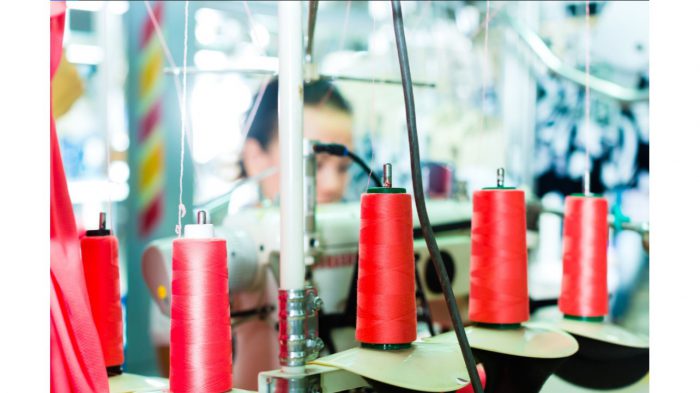The Importance of Engaged Employees (Part II of II)
December 28, 2017

Q: Regarding training, what training should a new sewing worker receive? How long should it last?
A: For a sewing operator with no experience, the minimum training time should be three weeks in an off-line training area, then two weeks of on-line experience and two weeks of aftercare experience.
The first two weeks should be dedicated to learning about the mechanical aspects of the machine and mastering one’s eye, hand, and feet coordination, allowing them to operate and be in full control of the machine during the sewing process. During this time, the trainee operator should practice constant sewing speed tests, such as:
- Pick up
- Position to needle
- Sew a line or shape
- Stop and back tack
- Review one’s quality of sewing
- Place aside
These exercises should be daily and continuous, with the goal being to get the trainee performing consistently above 80 percent efficiency against test-timing targets.
In the third week, the trainee is typically informed what specific operation she/he will be given. Therefore, this week should be dedicated to teaching them the necessities of their assigned operation. The trainer’s goals during the third week should include the following, and the trainee should not leave the training room until all three have been achieved.
- Teaching the sewing portion of the operation assigned to the trainee
- Teaching the trainee to quality control her/his own work and what to do when things go wrong
- Getting the trainee to consistently work at over 60 percent efficiency against a true accurate standard
Once the trainee goes onto the line, they should be under the guidance of the trainer, not the sewing supervisor. During the next two weeks, the trainer should mentor the trainee to assimilate into their role and complete the given operation at 80 percent efficiency with consistent, high-quality performance. If successful, the trainee should be handed over to the line supervisor and be promoted to a full sewing operator. The trainer should continue to be on call for an additional two weeks, if needed.
Training exceptional sewing operators is all about mentoring. Unfortunately, all too often training consists of only one or two weeks of instruction, at most, with the off-line portion including training only on the assigned operation before the trainee is put onto the line.
Q: Do you have any final thoughts on employee engagement?
A: I’ll finish by saying that the biggest problem facing today’s factories is that kids don’t want to go into manual manufacturing. It’s not cool, and peers often frown upon it. Therefore, all portions of the industry—including both brands and manufacturers—should work together to find creative ways to attract and retain good workers
With this level of collaboration and teamwork, companies can reduce turnover and benefit from greater speed, efficiency, and flexibility, allowing them to meet key strategic and business objectives.

